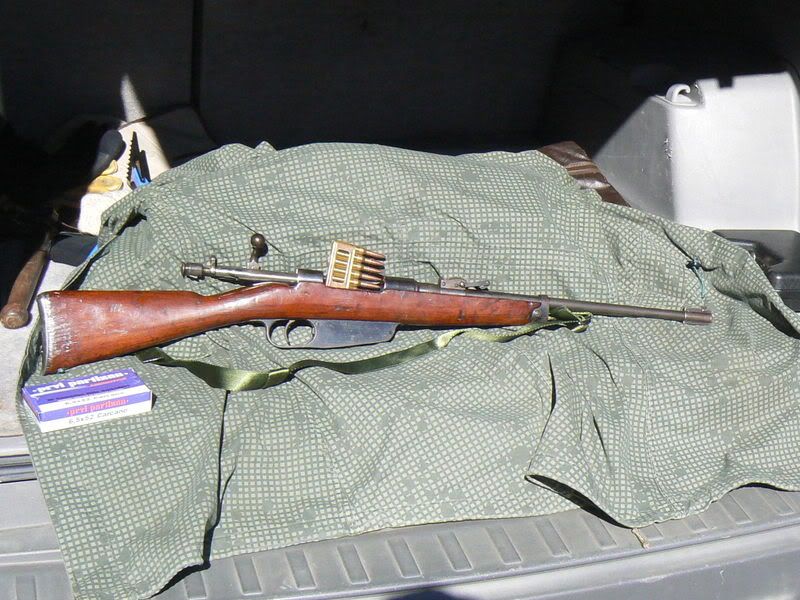tahunua001
New member
well I don't know much bout the reliability of the gun but I will say that depictions of a stock made from drift wood pretty closely describes the quality of the stocks I was seeing at cabelas.
the action didn't look half bad but the magazine/trigger assemblies all looked like they were made of cheap tin with a number of the rifles sporting serious dents and dings that other battle rifles of the time were not prone to.
they are all short barreled carbine types which when pared to a round that would be comparable to a heavy grained 308 would have probably kicked like a mule and sported a muzzle flash that would have given away your position if you were shooting with the sun at your back.
these are just a few design characteristics that would lead me to believe that they aren't the greatest rifle ever invented at the time. just try comparing to a mosin nagant 1891 which is believed by many to be one of the worst guns you can get right now.
the mosin nagant fired a more potent round and was a heavier design, meaning it was easier to stabilize, had longer sight radius and absorbed recoil all of these features would have made the shooter more prone to higher accuracy and greater chance of a kill shot(not that the Russians were the best trained conscripts in the world) but in the hands of a well trained and experienced shooter the carcano when compared to other weapons of it's day was probably not the greatest.
the action didn't look half bad but the magazine/trigger assemblies all looked like they were made of cheap tin with a number of the rifles sporting serious dents and dings that other battle rifles of the time were not prone to.
they are all short barreled carbine types which when pared to a round that would be comparable to a heavy grained 308 would have probably kicked like a mule and sported a muzzle flash that would have given away your position if you were shooting with the sun at your back.
these are just a few design characteristics that would lead me to believe that they aren't the greatest rifle ever invented at the time. just try comparing to a mosin nagant 1891 which is believed by many to be one of the worst guns you can get right now.
the mosin nagant fired a more potent round and was a heavier design, meaning it was easier to stabilize, had longer sight radius and absorbed recoil all of these features would have made the shooter more prone to higher accuracy and greater chance of a kill shot(not that the Russians were the best trained conscripts in the world) but in the hands of a well trained and experienced shooter the carcano when compared to other weapons of it's day was probably not the greatest.

